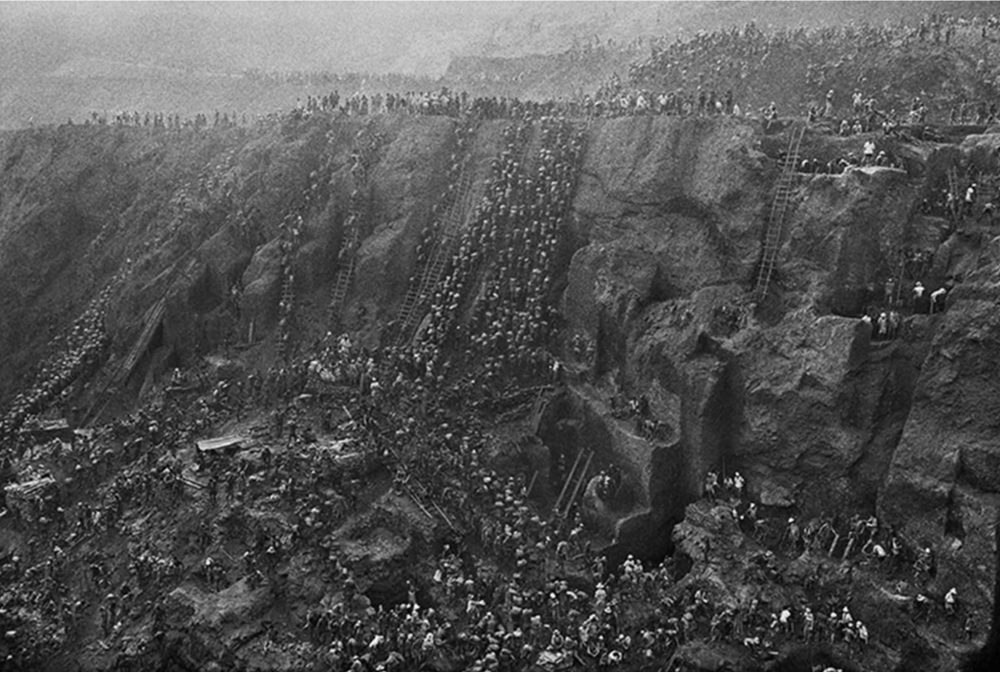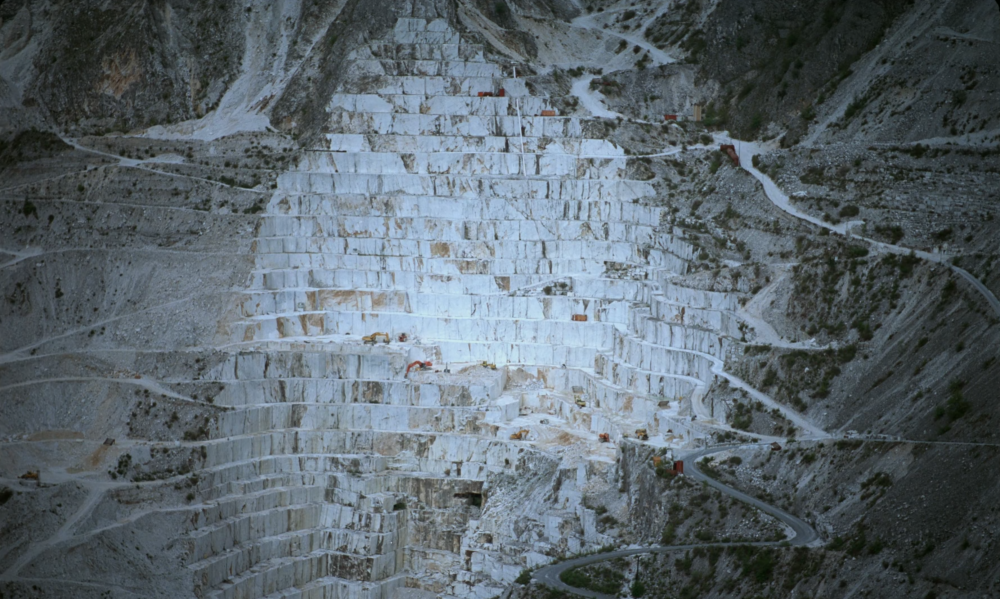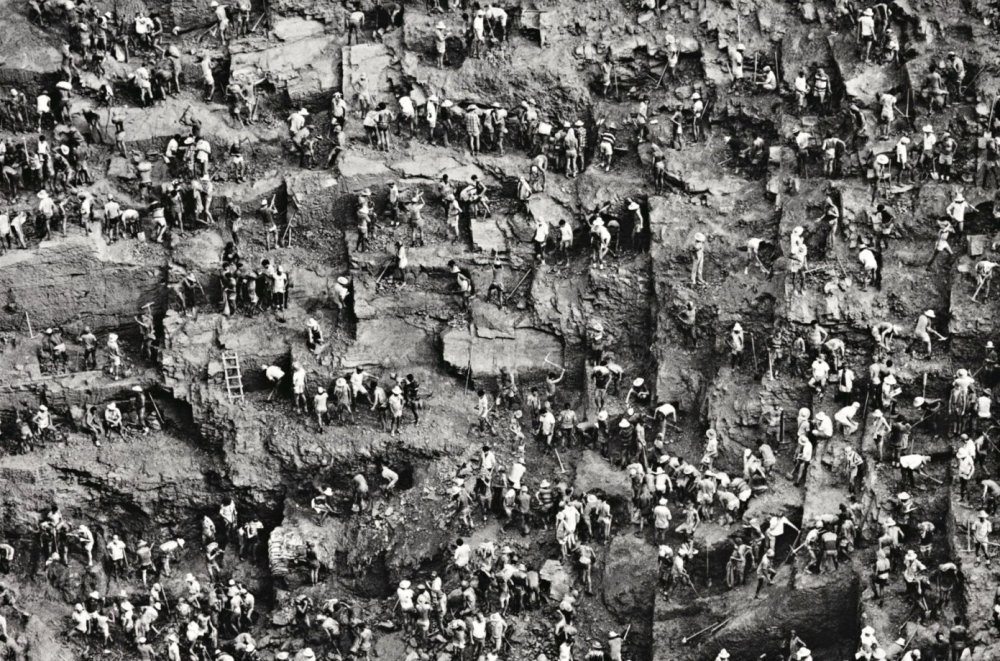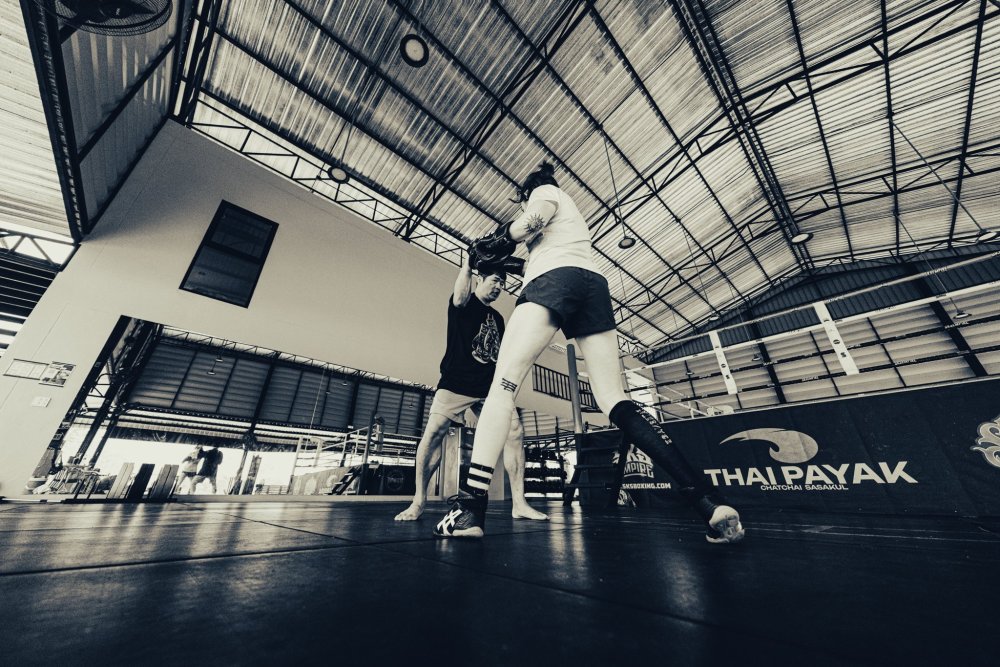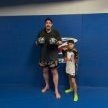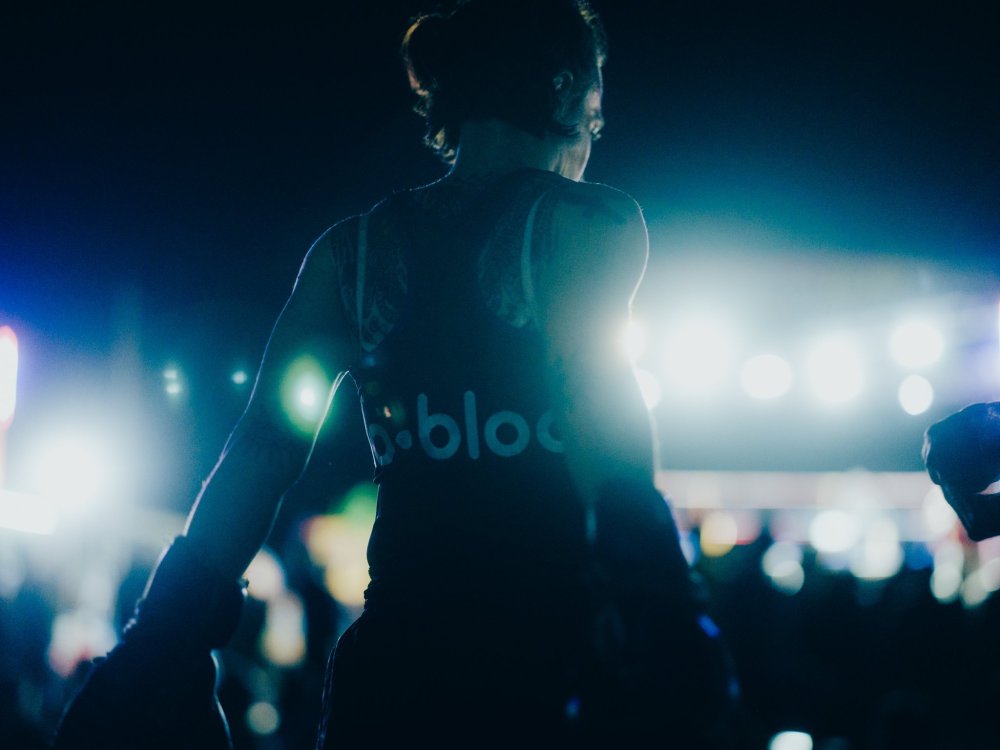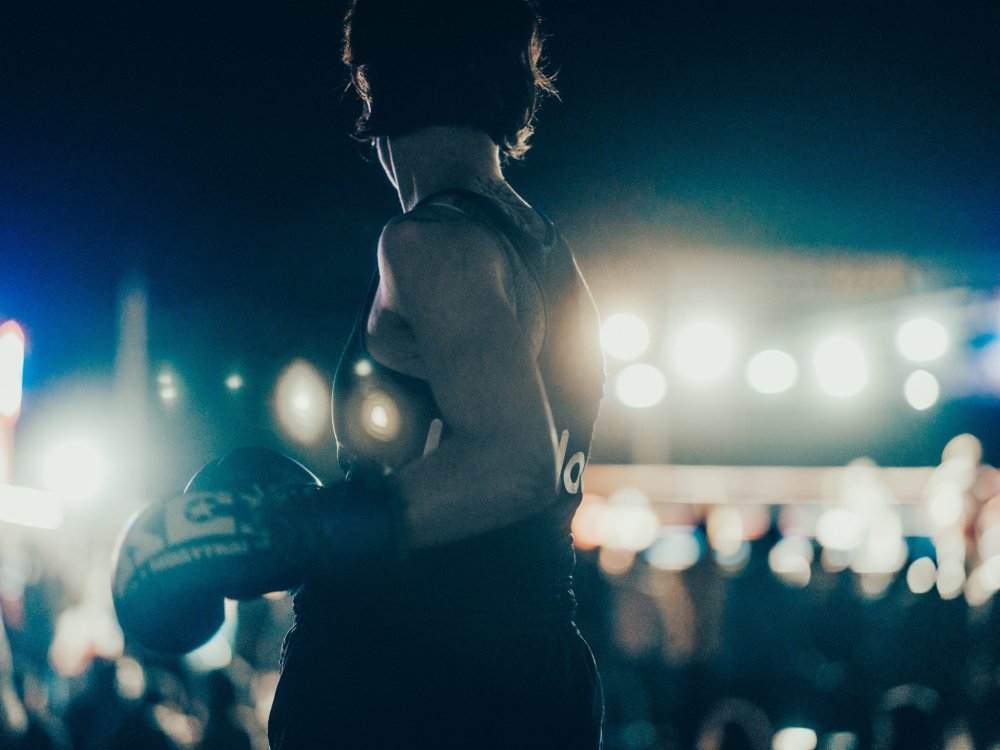Leaderboard
Popular Content
Showing content with the highest reputation since 12/26/2024 in all areas
-
Kevin — this is beautifully written and profoundly resonates with what we are trying to protect. At our gym in Pai, Thailand — led by Kru Sittiphong (Eminent Air, Bangkok) — we often find ourselves discussing this exact tension. The split you describe between aggression as war and tradition as festival maps directly onto the current shift happening in Muay Thai today, especially in the growing clash between Muay Farang and traditional Muay Femur. So many Westerners arrive here asking for two sessions a day, intense sparring, and "hard training" to burn through their fire. They believe output equals progress — but they miss that in Thai Muay Thai, form comes before fire. As Kru says, “If no one corrects your technique, you're just burning energy and money.” You can train for years and still lack timing, balance, and control if no one slows you down. He calls this rush-to-power style "Muay Farang." Not in judgment — but as a cultural observation. It’s mechanical. It’s linear. It seeks transformation through depletion, rather than refinement. It forgets the smile in the sparring ring. The mutual game. The moment when two fighters laugh and say, “You got me.” That ease is the solarity. That’s the festival. Lerdsilla, Saenchai — we show students how they move not to win but to shine. Their movement is gift, not dominance. We see this in our students too — that knife’s edge between aggression and release. Some say they want to spar to “let out the fire.” But this isn’t the Thai way. Not really. Not the artful way. Real Thai Muay Thai is not made in war. It’s made in play, in rhythm, in control, in beauty. Muay Thai was born out of community, not conquest. The rings were surrounded by farmers, not fighters. And even now, the countryside promotions like Pai Fight Night are pushing back against the gambling, the scoring controversies, the drift toward aggressive spectacle. They are preserving Muay Thai as cultural heritage — as festival, as you so eloquently say. Even the structure of Thai training reflects this longevity: one thoughtful session a day, not burnout. Recovery built in. Years spent mastering balance before layering in power. It's a slow art. A patient art. It cannot be "hacked." And it cannot be copied in systems that don't understand its roots. So yes — we’re witnessing a shift. And some, like Samart Payakaroon, are trying to protect the tradition. Others, like the Muay Femur stylist who left ONE Championship, are quietly walking away from the pressure to perform brutality over brilliance. We believe this conversation matters deeply — and must continue. Thank you for holding space for it, — Jennifer & Kru Sittiphong Sittiphong Muay Thai - Technical Muay Femur Training Pai, Thailand2 points
-
What many do not realize is that ONE has so thoroughly commandeered the social media ecosystem of Muay Thai in Thailand (quite consciously, as part of its marketing approach, absorbing trad social media accounts, controlling messaging across all platforms through various systematically means...and quite brilliantly I would say), that many, many New Gen Muay Thai fans in Thailand, who speak no English at all, now have bought 100% into the ONE Entertainment full power smash aesthetic. Demographically much of it is somewhat a new fan base for Muay Thai, but its very vocal in SoMe post comments, and has influenced the older online gen as well. What we in the West are drawn to in traditional Muay Thai is now is ardently being pushed against by a segment of Thai fandom now, even in the trad ruleset. There is a kind of tug-of-war now between the traditional values of superior fighting and the new International smash values, and hybrid promotions like RWS are kind of caught right in the middle, but seemingly for now siding with trad values for the most part. It does mean though that some trad fighters are just going to go in there and smash on trad cards, which is kind of amazing because this change has occurred in only a few short years.2 points
-
A Battle of Affects I've argued that the highly Westernized (Globalized) affect expression in ONE and other Entertainment Muay Thai, typified in the Scream face you'll see in fight posters (which sometimes ironically looks like a yawn) and in post fight celebration, expressing aggro values that work against the traditional affects of Thailand's trad Muay Thai, a fighting art that comes out of Buddhistic culture largely organized around self-control...(that's a mouthful!) is attempting to invert Muay Thai's relationship to violence itself. It is interesting that spreading in the trad circuit is this mindfulness/meditative post-fight victory pose, an example of which is here, the young fighter with his trainer. This is no small thing because arguably culture is made up of prescriptions of "how you should feel", largely expressed in idealized body language and facial expression. When you change that prescription, in fact inverting, you are challenging the main messages of culture itself. One of the gifts of Thailand's traditional Muay Thai, I have discussed, is that it provides a different affectual understanding of violence itself, which then cashes out in simply more effective fighting in the ring. Something of a gift to a world that is more and more oriented toward rage and outrage.2 points
-
above, festival fight in Pattaya Just some thoughts and observations on the overall state of Thailand's Muay Thai. Not an expert opinion, just an informed perspective. The title of this piece may sound absurd, or maybe for some just an exaggeration, but there is among some long time fans who have watched a lot of Muay Thai in Thailand the sense that the only Muay Thai worth watching in Thailand now, in terms of actual skill, is Muay Dek, the Muay Thai of Thai youth. This piece about why that may be so. There is a sense that Muay Thai has been stretched now in two directions. You have Bangkok stadia, gambling driven traditional Muay Thai, supposedly the acme of the country's traditional talent, and you have Entertainment Muay Thai (with various versions of itself), a Muay Thai that is bent towards - and in many cases just FOR - the foreigner. If I was to really generalize between the two, one line of Muay Thai heads toward more "technical" point fighting and fight management (trad stadium Muay Thai), fights where fighters and corners are always responding to shifting gambling odds, and on the other hand a Muay Thai (in the extreme case of ONE) which is all about combos, aggression and offensive risk taking, emphasizing trades in the pocket and knockouts. The problem is, neither trajectory is very skilled (at least in the historical sense of Thailand's greatly skilled fighters). Muay Thai has become increasingly deskilled, along these two trending branches. And, if you mostly watch one of the two, you might not have noticed the deskilled aspects, because this is just the "new normal", and competition always produces winners who seem in comparison to others, quite skilled. It's only when you take the wider view, not only of the history and greatness of the sport, but also of the present state of Muay Thai itself, importantly including Muay Dek, do you see the drop in skill in adult fighting...as each promotional style squeezes out certain qualities from their fighters, cutting off their full, expressive development. Even with big sidebets on fights (gambling), and seemingly lots of pressure, Muay Dek fighters fight with great freedom. Some of this is a mystery why this is lost, but what follows is a sketch of how Muay Dek fighters change and become limited once they reach a certain age. Why Are the Muay Dek Fighters the Best Muay Thai Fighters in Thailand? If you just watch a few fights, and you have an eye for it, you'll see it. In a word, freedom. In another word, expressiveness. And still an third, sanae (charm, charisma, a key component in Thai traditional scoring). The Muay Thai of the Golden Age (1980s-1997) was filled with highly skilled, very well-rounded, but importantly very expressive fighters, fighters who fought with experimentation who were constantly adjusting to their opponent, drawing on styles and tactics that could in shifts change the outcomes of fights. And in fighting in that way that exuded personality, uniqueness and charm...aura. Much of this quality, and flexibility is gone from Thailand's Muay Thai, but in today's Muay Dek some of it is really still there. Its only when these fighters get to a certain age...maybe 15-16, that it starts to become squeezed out. In the Muay Dek even of today you get fighters who are regulating their energies with great subtitle, not swinging between overt passivity or over-aggression, fighters engage more continuously in the classic style, with fewer ref breaks, less stalling, fighters drawing out extended phrasing and highly technical defensive stretches that endure. A greater variety of weapons, and even transitions between fighting styles or a shifting of tactics, to solve what is happening in the fight, a kind of cerebral aesthetic that older fighters seem to have lost the capacity for. At the highest levels of Muay Dek youth fighting you see dimensionality...and personality. There is much less nibbling at leads. Instead one sees that leads are vied for more or less continually, and expanded when achieved, without devolving into hyper-aggressive mashing. I'm going to leave Entertainment Muay Thai to the side for now, especially ONE which is its own particular excessive exaggeration, mostly because its kind of obvious how promotional hype, booking dynamics, rule-sets and bonuses shape fighters to fight in a certain more limited way. What many may not realize is that trad Muay Thai in the stadia also forces fighters to fight in a certain way, in many cases simplifying or pairing down what they had been capable of when developing as youths. I'm going to say "gambling" here, but gambling is not the boogieman monster that a lot of online commentary makes it out to be. Gambling in Muay Thai is essential to its form, in fact I don't think Thailand's Muay Thai would have reached the complexity of its art without ubiquitous gambling, all the way down to the 1,000s and 1,000s of villages and provincial fight cards, its ecosystem of fighting, which have gone on for maybe centuries. Some of the discussion of the importance of gambling I discuss speculatively here: above, festival fight in Buriram The problem isn't "gambling" per se, but rather that in the larger venues in Bangkok because of the changing (eroding) demographics of Muay Thai the shift of economic power to big gyms, and the dwindling talent pool, the powerful forces of gambling interests have lost proportion, and now have outsized impact. There are not enough counter-balancing forces to keep gambling's historically important role in Muay Thai's creativity, in check. These have worn away, leaving gambling as too prominent. But, I'm not talking about corruption here (which everyone loves to turn to with an infinite finger of blame). I'm actually talking about the way in which Muay Thai is traditionally fought with fighters responding in a live sense to the shifting odds of the audience. Online gambling has complicated this more human, social dimension of the sport, abstracting it to 1,000s or 10,000s of people of varying interests and even knowledge, on their mobile phones. The demographic of "who" gambles has changed, and increasingly people are gambling who have less knowledge about the sport. They'll place a bet on Muay Thai just as they'll place a bet on a football game. Again, let's bracket, let's put the online nature of gambling to the side, and just talk about the traditional relationship between live fighting and live in-person gambling in the stadia. The fighters are fighting TO the odds. The odds are the "score" of the fight, just like in basketball you could look up to a scoreboard and see the score of the game, in Muay Thai you can look to the odds and (roughly!) know the score of the fight. There may be distortion in the odds, whales and their factions of one sort of another may be putting their thumb on the scale, but there is a symbiotic discourse happening between live gambling and the fighters (and their corners). Some of this traditionally has produced great complexity of skills, the ability of fighters to not just "win" the fight in terms of points, but also manage the fight, in stretches, shaping narratives. But today, the exact opposite is happening. Gambling is deskilling traditional Muay Thai, in large part because the small gyms of Thailand - the gyms that actually grow all the fighters, feeding the talent of Bangkok - have been eroding. Not only have they been disappearing (there are far, far fewer of them), those that exist still have no political power in the socio-economics of the sport. When fighters of small gyms enter the gambling rings of Bangkok, not only are they doing so on a very fragile line of income, often losing money to even bring their fighters down, they can no longer bet big on their fighters to supplement fight pay. Betting on your own fighter was once an entire secondary economy which grew small gyms and encouraged them to create superior talents. If you had a top fighter he could be a big earner not only for the gym, but also all the padmen krus in it, aside from fight pay. Because small gyms have lost power overall, political power, they have to live at the margins, which means their fighters have to fight extremely conservatively so as to not be blamed if their fighter loses. They need the backing of the social circles of gamblers. If you lost, it can't be because you took a risk. And because big gyms are going to win (force through political weight) close fights, small gyms have to practically walk on egg-shells in the way that their fighters fight. Generally: get a small lead...and once you have that lead protect it at all costs. Don't do anything risky to expand the lead. And, because small leads are easily lost, fights often turn into a series of nibblings, with both fighters protecting their tiny leads, back and forth. They aren't trying to win, they are trying not to lose. This form of fighting has transmitted itself to big gyms, is the new traditional form of fighting. Don't risk blame. This aspect of "not my fault", "defend a small lead, take it to the end of the fight if you can (5th round), make it close enough and then blame politics or corruption if you lose" has become a normalized style of traditional fighting, across venues among adults. Some of this is because the current state is an out of proportion exaggeration of the truth that traditional Muay Thai fighting always has been expressive of political powers and social capital struggle in hierarchies outside of the ring. Fighters ARE part of and in the ring express social networks. This is part of Muay Thai's social dimension and cultural anchoring. It's just that with the erosion of the powers of small gyms, the dilution of the talent pool, the hoarding of limited talent, has pushed this aspect too hard, and distorted the sport, draining it of skills and its renown complexity. To give a small anecdotal example of how this deskilling works, I remember when a smallish gym was training a fighter, and in padwork the fighter switched to southpaw, just experimentally. No! The answer came back from the kru, and they related a story from the past when one of the gym's fighters had switched to southpaw in a fight and lost. The gamblers who bet on him were furious. He had "blown" the fight. The gym had lost face. From this single event, probably a fight not of much consequence, the gym now forbade switching. It could cost you a fight. An entire branch of Muay Thai (that of switching) was cut off from that gym's fighters...forever. Not only in terms of that technical branch of development, the whole spirit of experimentation and creativity was closed off. The goal was: get a lead...keep it. Don't develop a style that is complex, or varied. Don't do anything in a fight that IF you lose, the gamblers who backed you will blame you and the gym for. This is deskilling. one reason why Thai fighters have been the best in the world isn't just that they have trained and fought young. It's also that they have been at the apron of fights, watched the shape of the traditional aesthetic, socially absorbing a great deal of fight knowledge. At the rope, even as cornermen or impromtu coaches. Its not just the doing, its the participation in the Form of Life that is traditional Muay Thai, bringing a depth of IQ. As small gyms and kaimuay across the country lose power in Bangkok, social power, they have to exist in very narrow economic margins, which means that technique wise their fighters have to fight in very narrow lanes. The spontaneous and the creative is too risky, because gyms don't want to be blamed. Fighters cannot explore or develop new ways of winning fights. There is a secondary dimension in this, as the downfall of the Thai kaimuay is told, which is IF a small gym does produce a particularly strong talent, this talent will not become a resource for the gym, adding honors to the gym (championship belts, etc), growing the gym through his presence. Instead, if you produce a talent this talent will be ostensibly stolen from you. Not outright stolen, but you will be pressured to "sell" their contract to a big Bangkok gym. This pressure will usually come from the fighter's parents, who want success and fame for their son, and the esteem of a bigger name, and it will come from within the hierarchies of the sport. The sale will happen. Instead of a developed talent adding to the richness of a gym's culture and growing their talent own pool of younger fighters who want to share in the glow of gym success, instead you'll be financially compensated with a contract sale. Some money in the pocket, to the gym owner, but not the kind of verdant growth a talent would have brought in the past, something that would shine across all the krus and padmen, and younger fighters in the kaimuay. And, fighters now are being extracted from small gyms younger and younger. The comparison is fruit being picked from trees more and more less ripe. Not only are fighters in general entering the Bangkok stadia with far less experience and development in the past, fighters are also being swept up by big gyms at a much higher rate, at an earlier state of their development. The ecosystem of the small gym, 100,000s of them, is being starved out. And its that ecosystem that historically had produced so much of the foundational complexity that gave Bangkok fighting so much of its renown diversity. Fighters that entered Bangkok stadia used to be much more complex and experienced, and then once they got there the complexity and experience of that scene increased and amplified them, spurred them to greater growth. Now, its the opposite. Arriving in a Bangkok stable may very well nullify your potential. We might add to this that the large big name gym stables of Bangkok today, that have swept up much of Thailand's diminishing promising talent, concentrating it, have become more like holding houses of that talent, and fighter factories for promotions, and less like developmental houses as old Bangkok gyms like Muangsurin, Thanikul, Pinsinchai, Dejrat, Sor Ploenjit had been, promotion favorites which maintained not only a kaimuay developmental creativity, but also more lasting connection with provincial sources. Muay Dek and Facing Power So, the good news is, despite all these forces against creativity, against small gym development, Thailand is still producing very high level Thai fighters from youth. These fighters fight with complexity and freedom, full of sanae, technical excellence, narrative control, quite different than their older counterparts who have learned to strip away their individuality attempting to preserve leads in gambling's stadium Muay Thai. I'm not sure what to account for this other than to believe that Thailand in its heart still maintains the aesthetics and richness that created the acme of the sport in the Golden Age, these qualities haven't been stamped out yet...it is only when fighters get to a certain maturity, when they are fighting for gamblers without a lot of social power themselves, protecting tiny leads, that they lose these qualities. They become deskilled. There is another element to the mystery of why these Muay Dek fighters lose their skills when they age. Kru Gai at Silk tells Sylvie: It's easier to be femeu when everyone is low weight, and nobody has power. Muay Dek fighters develop all this complexity because there is no "power" consequence for their experimentation at low weights. And one can see how this makes a serious amount of intuitional sense. Gamblers today favor more "power" in Muay Thai, so femeu fighters enter contexts where suddenly there are consequences that limit what you can do. But, if you take a moment to think about it, femeu fighting youth of the Golden Age also once they hit a certain age encountered "power" in opponents. But, instead of losing their skill sets at maturity, they actually grew as fighters, became more complex, more creative, more effective...against power. Someone like Karuhat was fighting up two weight classes in the 1990s, a very femeu fighter, against very powerful opponents. It's can't be that encountering the maturation of "power" is the thing that is shutting down the development of the youth, who have already developed so much prior. In fact, there seems a rough parallel between artful youth fighters of the Golden Age and now. Both of them hit this "wall" at a certain age. But in the Golden Age this accelerated their growth, today it stunts it, and even regresses it. I suspect it has to do with the overall conservative form of stadium gambling Muay Thai, the entire incentive and punishment system that produces a lot of tiny-lead chasing...and this goes back to the dis-empowerment and erosion of the small gyms that feed the sport, developing the fighters. The best fighters in all of Thailand are the Muay Dek fighters. It is the closest thing to a natural lineage with the greatness of the past. But right now...there is no way forward for them. No way for them to allow their expressiveness of character and technique to expand and not be disciplined into submission, dulled. They have to face the trad conservative ecosystem, or have to turn to the hyper-aggression of entertainment promotions, each of which robs them of a vocabulary of control and expression.2 points
-
A lot of these thoughts of several years came together for me in side conversation with Arm of Muay Thai Testament Instagram who is looking to perhaps put together a project around Muay Dek fighters of today. I asked him if he could link some present Muay Dek fighters on the rise. This is what he wrote, posted with permission, posted in a series of replies: Strong Muay Dek Fighters Today 1. I was rewatching one kid this morning, as I do with all the kid fights that gets good reception, and this kid from some gym I've never heard of is so good femue. I think the gym is a new addition to Petchyindee's roster now. His name is Kaona Jor. Nopparat The part about Femue being easier to execute at lower weight is so true. Regarding the examples, I only really know the Petchyindee ones but here goes. In no particular order: 1. I was rewatching one kid this morning, as I do with all the kid fights that gets good reception, and this kid from some gym I've never heard of is so good femue. I think the gym is a new addition to Petchyindee's roster now. His name is Kaona Jor. Nopparat2 points
-
This perspective is related to our manifesto of values and a priority on provincial fighting in Thailand.2 points
-
The first fight between Poot Lorlek and Posai Sittiboonlert was recently uploaded to youtube. Posai is one of the earliest great Muay Khao fighters and influential to Dieselnoi, but there's very little footage of him. Poot is one of the GOATs and one of Posai's best wins, it's really cool to see how Posai's style looked against another elite fighter.2 points
-
The championship fight was such a perfect illustration of "basics make champions." Not fancy, not showy, just incredibly solid foundations.2 points
-
This was their fight back in August, where Marie pulled out the upset. I believe Marie was a last minute replacement in that fight. Useful to compare the fights.2 points
-
This was just a really wonderful performance by Barbara, on so many levels, for the RWS Raja belt. You could feel her training in her fight, the way she stays within herself, at surface a very basic approach in terms of weapons/style, but underneath it all is a very important thing that not a lot of Westerns understand. You fight WITH Space. And she persistently denies Marie the space she wants, it ends up blowing up the fight, especially because she brought with her a beautiful very deep, head-sink clinch lock that Marie had no answer at all for (and that Raja let her work from, thank goodness). I have to watch the 2024 fight where Marie upset her in the clinch, but in this one Barbara was loaded for bear. This is the same recipe Sylvie used to beat so many, especially bigger opponents. You fight the Space, not the opponent. And you fight your fight with the belief "If I fight my fight, my way, the right way, you are going to have a very difficult time". I also loved Barbara's 20% - 40% power hands, just using them to touch and semi-pop Marie, to stress the space. No mindless, 100% power combos, actually seeing one's way in the space, and touching the opponent. This is just glorious controlled dern Muay Thai. Barbara's lock was so pure, so good - with a very deep head sink. She also had something that a lot of locking fighters fail to do. Once locked you walk your opponent. Not only do you pivot, or pull, you drag and also literally walk them so that their feet cannot set, so you tangle them, breaking the line of counter control. This is advanced, developed stuff and great to see. A lot of Thai stadium fighters of today don't even do this, its part of the eroding art of clinch. She also was very aware to drag Marie off the ropes so the ref break doesn't come and she could paint longer pictures of her lock dominance. Small touch with big awareness and effect. I don't really understand why Marie decided to fight this fight as a pure femeu fighter, back to the rope. I have to watch their first fight, but this plays exactly into Barbara's closing style. I imagine this is something trainers have been moving her toward? I'm not sure. A very cool, very worthy victory.2 points
-
You could just pick a high-level gym in a European city, just live and train there for however long you want (a month?). Lots of gyms have morning and evening classes.2 points
-
Muay Khao in Padwork - note a little bit advanced stuff Talking a little more about Muay Khao training (and padwork), beyond some basic things like the padman doing rounds of "latched on" work where you trailer hitch and continuously knee or work into knees, there is a shape to Muay Khao that involves building up the fatigue in your opponent, which involves continuous pressuring and tempoing early on, nothing rushed, importantly with the mentality of depositing fatigue. Even if you don't have a padman aware of this, you can do this on your own, of your own device. People do not think much of manipulating or effecting your padman, but taking cue from David Goggins trying to mentally break his SEAL Team trainers, you can use your padman's energy managements to become aware of their fatigue, tempoing up or displacing them when they start to manage. This builds up your own sense of perception, becoming acutely aware of its signs, and developing responses, things that will serve you well in fights. This doesn't mean going HARD, like 200%. It means managing your own fatigue while you work that edge and tax your padman. The purpose of this is to slow reaction times and decision quality in later rounds in fights. You don't win fights early in Muay Khao work, you prepare the material so you can work late. A great padman will see and help you train this shape of the rounds, even as they manage their own fatigue. It goes without saying this involves not just "following along" with called strikes, which I believe is detrimental on a deeper level, because what you are training in those cases is "being dictated to". Lots of fighters have this problem, they have spent countless hours of (unconsciously) learning to be steered, so when their opponent looks to dictate timing, space or rhythm they have years of being comfortable being dictated to. This though is a subtle line to walk, and it depends a great deal on the experience of the fighter and the quality of the padman. Ideally, you want padwork to gravitate towards a dialogue, a back and forth, which mirrors the dialogue of fighting, accepting dictated tempos and spacing, modifying them, shaping them in return. Good padmen (who aren't just burning you out with kicks or holding combos over and over, largely ex-experienced fighters) will recognize this dialogue dimension, and you'll bring out more of their "fighter energy" and creativity, which is Golden stuff. Lesser experienced padman, or padmen who are just grinding, may not respond well, but you want to get into that zone of your 5 rounds being shaped like a fight...and for a Muay Khao fighter that means depositing fatigue in your padman early, if you can. Even if you can't, the aim of recognizing stalls, energy management, gatherings, and working on them yourself (not being passive) is a perceptual skill set you want to develop. For Muay Khao fighters though, you want to get to that clinch, or those finishing frames in the later rounds. You have to feel those angles of dominance, the cherry of what you built in previous rounds. Great padman know this, and develop pathways later where your body can sense, can experience those finishing elements. Femeu fighters, other style fighters, have other shapes in their fights. This is specific to Muay Khao.2 points
-
I've recently been contacted by the head of a small gym in Samut Prakan (below Bangkok). The gym is small, mostly kids, but he's inviting westerners (both female/male) to come train with him and fight out of his gym. If you are in Thailand and wanting an experience of a local, small gym that isn't geared toward commercial training, maybe give this a try. No English, so just use a translator on your phone. Contact on FB: https://www.facebook.com/profile.php?id=61571372517312&mibextid=ZbWKwL https://maps.app.goo.gl/ELoJohV8qcGSSydd62 points
-
For anyone who follows my writings I do not argue for any sense of a "pure" Muay Thai, or even Siamese fighting art history. Quite different than such I take one of Siam and Thai strengths is just how integrative they have been over centuries of development (while, importantly, preserving its core identity). For instance Western Boxing has had a powerful influence upon the form and development of Muay Thai for well over 100 years, and helped make it perhaps the premiere ring fighting art in the world, but Western Boxing itself was a very deep, complexly developed art which mapped quite well upon traditional Muay Thai in many areas, allowing it to flourish. This is quite different than the de-skilling that is happening in the sport right now, where instead the sport is being turned towards a less-skilled development, for really commercial reasons. The story of whether the influx of attention, branding, not to mention the very important monetary investment that Entertainment Muay Thai has brought will actually help "save" traditional Muay Thai is yet to be written. It very well might, as the sport was reaching some important demographic and cultural dead-ends, and it needed an infusion. But, let's not have it be lost, what itself is being lost, which is the actual very high level of skill Thailand had produced...and how it had developed it. Let's keep our eye on the de-skilling.1 point
-
1 point
-
1 point
-
An older legend getting lined up for a seminar visit to America, something we are not connected with...but honestly I wouldn't send anyone to America now and over the next few years, even with absolutely pristine paperwork. The government is just too focused on absurdity being the point. But it feels weird to even say anything. But, don't want to see one of these men imprisoned, that would be a nightmare. This is just a small issue, there is a great deal more important suffering and struggle going on, but as I journal about Muay Thai, this is a difficult shadow concern. If anyone is bringing Thai legends to the US now please be extra careful, extra vigilant.1 point
-
Never sure about provenance, but below is a photograph marked as a Funeral Fight for Marupongsiripat (1898). This custom reaches back well over 100 years, and to Thai royalty. The establishment of the 3 Schools of Muay Boran (just before the decade when Muay Thai would be modernized on the model of British Boxing) also occurred through funeral matches.1 point
-
The crazy thing about Namkabuan's 130 lb run at Lumpinee is that he told us that he was forced out of the 126 lb class because of his brother Namphon, so he went undefeated at 130 lbs instead (5 defenses). At 126 he would have been unfightable. In those years he was undefeated by Matee, Therdikiat and Jongsanan and Chatchai. Therdkiat himself was adopted into his gym. by the end of his run at 130 lbs he was giving up 10 lbs to Sakmongkol he was so unbeatable fighting up. The Lumpinee belts going off at 126 lbs during Namkabuan's 130 lb run.1 point
-
1 point
-
a short piece I wrote in my hand-written diary The art of running in Muay Thai is mostly misunderstood. The probably child of military training, first of the influence of the British in the early 20th century and then from the United States in the mid-century, as it filtered through the Civil Service education, the standing armed forces and then the Police, the development of the long-running Thai fighter likely is akin to the combat solider on the march. Historically, Siamese warfare indeed involved long marches, often followed by siege. But this would not explain its persistent form as it relates to the 5 round ring. As military and police practices cycled through the provinces - brought home after and between service - and men trained and fighting in Bangkok rings in both Muay Thai and prevalent sponsored Western Boxing, the Long Run likely came to pervade the Muay Thai form throughout Thailand. But this regime of training came to match something more important and inimitable to Thailand's fighting art, and that is the long wave of attack. Perhaps this length-of-wave comes from Siam's own full martial history where engagement were pronounced and lengthy, or it comes from Thailand's Buddhistic core which prescribes equanimity in all things, and active encirclement of punctuated affects of every kind. In a sport of violence the Buddhistic prescription expresses itself vitally, flattening peaks and valleys. This is to say that in the art of 5 round ring fights the long run, likely of military and field training, also drew upon the very fabric of Buddhist culture as it played out pragmatically in more than a century of ring experiments. What many mistake when questioning the optimality of long running, is that first and foremost it is not a physical conditioning. Yes, it creates a firm foundation upon which explosive training may rest, an anchorage of recovery which can be vital in fights - the recovery of wind. But it is foremost a training of energy management, lengthening the wave, and the Mind, in particular to an engagement which most pointedly steers toward escalatory peaks and their troughs. It is about extending the Mind (and the energy) in the love wave, the wave that ultimately beats punctuated forms, breaking them down.1 point
-
1 point
-
1 point
-
[someone posting that students shouldn't be allowed to spar without 6 months in Foundations Class] Not to respond too directly to the above statement, more to just this kind of advisement which is maybe common, but it just shows how far trad Muay Thai development was from today's class centric, out of Thailand (but probably in some parts of Thailand too) is. They are just two very different worlds and practices. Sparring, especially as it seems it was in the Golden Age...was part of foundations. Yes, there was a lot of grueling bag work or shadow boxing, but sparring playfully in space was part of young fighter development. It's not this extreme, but its a bit like saying you shouldn't get on a surf board until you have the fundamentals down for many months. The point was to assemble fundamentals in relationship to others. And, I certainly understand there are huge differences between these worlds, Westerners spar with different intents. It's only to point out that what Thais traditionally achieved was through very different sensibilities over what Muay Thai even was. It much more than this, I hope to finish an article on how trad Muay Thai is developed as social rite of passage way-of-life development, but at minimum there is a huge difference in concept in how skills should be acquired.1 point
-
Hi, i have a general question concerning Muay-Thai training camps, are there any serious ones in Europe at all? I know there are some for kickboxing in the Netherlands, but that's not interesting to me or what i aim for. I have found some regarding Muay-Thai in google searches, but what iv'e found seem to be only "retreats" with Muay-Thai on a level compareable to fitness-boxing, yoga or mindfullness.. So what i look for, but can't seem to find anywhere, are camps similar to those in Thailand. Grueling, high-intensity workouts with trainers who have actually fought and don't just do this as a hobby/fitness regime. A place where you can actually grow, improve technique and build strength and gas-tank with high intensity, not a vacation... No hate whatsoever to those who do fitness-boxing and attend retreats like these, i just find it VERY ODD that there ain't any training camps like those in Thailand out there, or perhaps i haven't looked good enough?.. Appericiate all responses, thank you!1 point
-
You won't find thai style camps in Europe, because very few people can actually fight full time, especially in muay thai. As a pro you just train at a regular gym, mornings and evenings, sometimes daytime if you don't have a job or one that allows it. Best you can hope for is a gym with pro fighters in it and maybe some structured invite-only fighters classes. Even that is a big ask, most of Europe is gonna be k1 rather than muay thai. A lot of gyms claim to offer muay thai, but in reality only teach kickboxing. I think Sweden has some muay thai gyms and shows, but it seems to be an exception. I'm interested in finding a high-level muay thai gym in Europe myself, I want to go back, but it seems to me that for as long as I want to fight I'm stuck in the UK, unless I switch to k1 or MMA which I don't want to do.1 point
-
Because I've mostly studied the Golden Age of Muay Thai and after I'm often of the opinion that "Muay Thai doesn't have combinations"...and this is often true. The use of punches are much more vision driven and creative, and at times very good boxers like Somrak won't even be throwing punches, but will be using boxing's footwork or angle taking. But...if you go back to the 1970s many Muay Thai fighters did use boxing combinations to great effect, perhaps no fighter more than the great Wichannoi who punches with speed and power along a grammar of combination fighting. In fact after watching all his fights last night I think one could say that his entire style is organized around his close range combination Muay Maat attack. It's very clear how important they are to him. Last night I also put this brief edit of a 2-5-2 knockout combination that Saensak used to knockout Wichannoi, which is just electric. It really works because Saensak has a thunderous left that Wichannoi is very wary of and has to commit to shut down. But, in the story of boxing's influence on Thailand's Muay Thai that goes back to at least the 1920s, it does seem that there was a qualitative change between the 1970s, then the 1980s, then the 1990s. It's almost as if Western Boxing was digested by Muay Thai, and its influence became more and more diffused, affecting more and more elements, but also less standing out stylistically through combinations. Golden Age punching styles took on their own unique character, through a widespread integration. One of the interesting things is that because Thailand is becoming combination oriented in its training, with the influence of Westerners and the rise of Entertainment Muay Thai, the Silver Age with its much more distinct combination fighting may be a better touchstone than Golden Age excellence. And Wichannoi in particular perhaps.1 point
-
Saenchai with another KO win on Entertainment Thai Fight. He's the last magical fighter of Thailand, that last of Thailand's greatness, and we are all blessed as he continues in the ring. I don't watch it much (or any of Thai Fight), but still consider it a blessing. When he stops it will all be gone, even though this is kind of half-fighting, and surely he'll do show fights after his retirement. What I love about this photo - and the first thing is that it suddenly feels like Saenchai has aged, and this happens - but what I love about this photo is that you can see his "coal eyes", which is what I call them. There was an old trainer at Lanna named Nok, who when you trained with him his eyes, if you got any advantage or edge, would just turn black. You could see, he just went into that state. And you knew, stop fucking around. Saenchai has always had such a joyful, playful visage, and a charm of handsomeness that he carried everywhere, even into intense battles. But every great, experienced fighter, even Saenchai, has "coal eyes" inside of him, they have to or they couldn't do it the way that they have. And, in my poetic view, it feels like in this slightly aged photo you can see his coal eyes come out. And its really beautiful.1 point
-
Was thinking about a commenter telling another redittor that they were "elitist" for not liking ONE FC, and preferring trad Muay Thai, the absolute irony of them thinking that a new globalized version of the traditional form of the sport (a sport which has been practiced and fought by the working poor throughout Thailand for at least a century, in some ways MADE by the rural nakmuay), a new commodity version which has been invented by hi-so wealthy, "elite" Thais, wealthy sons who went to school in very expensive schools in the United States, a new sport modeled in the Thai high-brow love of MMA (MMA is a Thai hi-so taste in Thailand, because originally you needed a satellite dish to watch it, so only rich young people watched it back in the day), so completely born of Thai elite taste making, and then funded massively, to the tune of more than a Half a BILLION dollars, by wealthy Arab investment and other very elite Venture Capital investment groups, some of the most powerful investment sources in the world...all of that, absolutely about as elitist as you can get, reinventing the traditional sport, inverting pretty much all of its values, in the image of wealth itself, so that affluent tourists and consumers will buy it...but, if you don't like it...you are elitist. The whole thing is about as posh as you can get.1 point
-
Heard backstage at a trad promotion in Bangkok, Dieselnoi loudly complaining that Thais don't know how to knee anymore, nobody even knees to hurt. Just kneeing for show and points. *This isn't a question of intensity (how hard), its one of technique, and continuity. The knee techniques of Hapalang gym have just been largely lost.1 point
-
Thats so upsetting. Whats worse is that its a conscious action for them to have go about fighting like this. While for lots of us in the states or Europe where fighting is just like this anyway its just how you do it, we dont even make the conscious action of how much power you're putting into something, what follows after, and our own composure. It shifts energy away from ones self which is why it seems to muster up so much of the ego in the first place. Self attachment through the reaction of others and the materiality of power is really self degradation.1 point
-
Not to make a religious point, but rather a cultural one, this picture of "Buakieow" Jalili Barnes in victory is also an interesting instance of cross-cultural expression and value ideal. Jalill I believe is a fundamentalist Christian of some kind (sorry to be vague, it's only something I have cursory knowledge of, and I'm not sure how these denominations refer to themselves) and is known for his adherence to a much more "traditional" Muay Thai path as a farang, mostly shunning entertainment Muay Thai promotion and instead testing his metal in the trad stadium circuit. He just fought for, but did not yet attain the Omnoi belt. Muay Thai itself, in Thailand is cross-cultural, or mixed cultural on the religious front as the South features prominent Muslim fighters through out much of Thailand's history, and who have signaled their faith in the ring ceremonially.1 point
-
Well that was quite a noble effort from Mongkutpet, defending her Raja belt with extreme vigor. I love how amped she was by the entire fight, no "performance". And forcing the clinch in a low-clinch promotion. Just force the break over and over and over. Steer the fight. Very nice stuff.1 point
-
One of the most interesting mysteries of the evolution of Thai clinch is how stadium Muay Thai in not more than 10 years after the legalization of trips and various sweeps (early 2000s) suddenly flourished with a complete art form of these techniques, when in fact none of them were prevalent in the decades before (the Golden Age), so much so they became signature of Thailand Muay Thai's unparalleled fighting style. The only answer to "why" or "how" is that these movements were already implicit, were already within the "adjacent possibles" of highly developed Golden Age Muay Thai, because Thailand's Muay Thai operated at such a deep level of attunement to balance and timing, and thus it was only a short path between almost no trips and sweeps to suddenly dominant tripping and sweeping...in a few short years.1 point
-
What many do not appreciate is that much of Thailand's traditional Muay Thai is really a Shield and Sword style of fighting, because of its inherent priority of defense. Offense largely is built off of the dexterous use of "shield". Entertainment Muay Thai is essentially turning to Muay Thai's Shield and Sword and saying: "Hey, fight without a Shield!"...but still make it "Muay Thai". You can't really. It's Shield and Sword.1 point
-
The Deskilling of Muay Thai Through Combo-Fighting Discussing again the deskilling of Muay Thai in the ONE promotion (and to a lessor degree, other Entertainment forms of Muay Thai): To be quite broad about it ONE is just bite-down combo fighting turned into a sport so larger bodied, less-skilled farang can win endless pocket trading (which is seriously up regulated by bonuses and hidden penalties), so the (new, invented) sport can be promoted to non-Thais. It has nothing to do with the history of Muay Thai. It has to do with trying to create a product that will sell through Knockout highlights on Instagram. It also has almost nothing to do with Boxing. The impression it does is just the rather vast conflation thinking "combos" = Boxing. It, in my opinion, is contributing to the accelerated deskilling of the art and sport, rather than introducing important new skills, or returning it to past sophistication. Boxing is NOT "combos". 3 Zones of Fighting Here is a graphic to help explain: Over-simplistically there are 3 Zones of Fighting: ONE has effectively removed the importance of 2 of the 3 zones (because they take the most skill development, and Thais have been much better at those 2 down regulated zones). This is a deskilling of the sport: And, in the zone that remains (Zone 2), by removing defensive distance taking (the Thai emphasis on retreat and counter-fighting, and clinch, the traditional counter to a hands-heavy striker) they have made Zone 2 a haven for bite-down combo fighting (and NOT Boxing proper). That is to say, you can succeed by combo-ing through this zone, especially if you are larger bodied. On the other hand, if you look at the top graphic with all Three Zones, you can see how Boxing proficiency connects up, or fills in the high level development of zones 1 and 2 in Muay Thai. When all three Zones are in play bite-down comboing through the pocket doesn't actually do this, because it lacks the timing, vision and control over position that Muay Thai deploys in Zones 1 and 2. Boxing, on the other hand, because its so highly developed as a mid-distance art developed over centuries really, like Muay Thai, adds great complexity to the management of the 3 zones. A Historical Example: If you want to see what combo-ing does against a 3 Zone fighter the classic example would be Ramon Dekkers vs the 19 year old Sakmongkol: Sakmongkol simply refused to trade in Zone 2 and completely controlled Dekkers. ONE is basically the complete inversion of the Dekkers vs Sakmongkol fight. It removes Zones 1 & 3, and ostensibly would have forced Sakmongkol to trade with Dekkers, if we reimagine it. Eventually Sakmongkol, if he was forced to trade would have probably gotten caught...but not because Dekkers was a high level "boxer". It's because he combos through Zone 2, and the traditional control of that kind of fighter is dominating Zones 1 and 3. This is why Dekkers struggled when fighting Thais in Thailand, despite usually having a pronounced weight advantage. ONE is basically a "reversal" of the imagined injustice Dekkers losing to Sakmongkol and so many other Thais, changing all the rules to down regulate everything the Thais did better than anyone else in the world. But, this has nothing really to do with Boxing. Thailand was plentiful with Muay Thai fighters who were better actual Boxers than Ramon Dekkers. It has to do with the role of combo-fighting. asked to "define Boxing" (ie, its not "combo fighting): It's pretty hard to define a sport or art in a few sentences - or even paragraphs! - but what I would say is that Boxing has always been a sort of parallel in principle to Thailand's "Muay Thai", if you could somehow extract all the Boxing influence (which you can't). This is to say that "Muay Thai" excels at controlling the fighting space that lies outside of the boxing "pocket", through timing, the capacities of strikes to relate to each other at that increased distance (improvisationally), and very importantly, through defense. Boxing (abstracted) compliments this with a priority over the control of the space of the pocket, through the same. And, Muay Thai clinch then takes back over at the closest proximity, as a stand up grappling art (though Boxing too has its own lineages of very close-pressed fighting and even grappling). Training bite-down combos is really the opposite of all of this. It's just firing of memorized movement patterns and using them to blast or chop through the fight space. Combo fighting is not about controlling space at all, but rather dealing with the fact that you can't control it.1 point
-
I remember - I've probably written it somewhere else - driving to Phetjeejaa's family gym, which was up a few lanes and a dirt road, when she was the best female Muay Thai fighter in the world, at only 13 years of age, something we did everyday so Sylvie could train with her. And to get there we motorbiked up Khao Talo road, a pretty active road, and would pass by a Taekwondo studio with a large plate glass window showing the training mat inside, where numerous kids around Phetjeejaa's age all glowed in their starched white Gis, Ha-ai-ing in their moves. And I thought to myself...we are driving to where the best female fighter in the world trains and all these kids, the parents of these kids, don't even know she's there...up the road. And even if they did, they wouldn't train with her at her gym, because Muay Thai is low class, its dirty, nothing like the promise of a clean white Gi. The story of Muay Thai cannot be told without this strong division of class.1 point
-
This kid was on like a 17 fight winning streak after winning this fight from behind. Lost the streak now though1 point
-
3. Yodteepop Tongsaipriw only started Muay Thai because he was fat and his dad's a former fighter. They say he had like 15 fights (I don't buy it) but because he's so talented at it it became a full career1 point
-
Think of the highest level of Muay Thai fighting 30 years ago, in the Golden Age, in terms of Dynamic Range, as its applied to photography or sound recording. Fighters were able to perform skillfully at an intense range of distances. It wasn't just a matter of styles, it was that every distance was within the spectrum of competence or even excellence. With the advent of Entertainment Muay Thai, as Thailand seeks to fashion its sport towards the less skillful foreigner, the real aim is to reduce the dynamic range of fighting to only "the pocket" as much as possible, to generate clashes, because that's where memorized combinations favored by Western and other nationalities are the most effective, and that is where large bodied fighters will win exchanges. The entire spectrum, the Dynamic Range of fighting is to be shrunk. And the ranges were Thais especially held court, too-far (counter kicking defense) and too-close (clinch dominance) have been clipped out.1 point
-
1 point
-
Defense Even the best intentioned don't train actual Muay Thai, the Muay Thai of Thailand. The foreigner, even quite knowing ones, train 90%-95% offense, when in fact Muay Thai is probably about 70% defense. There is a reason why in Thailand when you have the lead you defend the lead. This is the position of the superior. Every fighter who gains the lead learns how to defend it. This is what distinguishes it - in skill, in spirit. The foreigner only SEES offense. Trains its words and vocabulary, missing the entire thing. Even the high-so Thai, quite-Americanized, sought to take out as much defense as possible, every drop and drip of it, because even Thais can be very far from the root and tree of their sport, separated by class and commerce.1 point
-
We've been watching a lot of David Lynch since he passed. Rewatches of Lost Highways, Wild At Heart, Blue Velvet, Inland Empire...and now working through Twin Peaks. I talk about it a lot. One of the things coming through is the way that he works with melodrama, and in Twin Peaks the soap opera tv form of it. It allows archetypal (in fact at times wooden) characters who are moving through scripts they repeat, stories that are told about these kinds of characters. As the actors say in Inland Empire (paraphrased), "I thought we were doing an original script, I wouldn't agree to do a remake". IN this sense Lynch is saying we are all doing "remakes" as we repeat the scripts we have inherited. But the characters are experiencing very real, intense emotions in these scenes, just like we do in our "real" lives. We are acting in scripts, doing "remakes", but living with tremendous pathos within them. Lynch, I imagine, is making two points about our pathos. There are two doors. The first is akin to Buddhistic (un)attachment. The only reason we are suffering (or enjoying) intensely is because we are attached to these wooden characters, the "remake" we are making. If we saw that these are just recycled characters the grip of our emotions would lessen. But, there is within his films & show another door. Sometimes characters suffer or intensify their experiences so thoroughly they transcend it, they are transformed, in a passion-of-Christ (archetype) type intensification, often it is female characters who pass through this door, with a sort of glowing, mixed divinity. As such with the Muay Thai fighter who is a woman, in a certain way. Female fighters especially are putting on the "clothes" of the fighter, because the fighter is a model of hypermasculinity in many cultural traditions.1 point
-
Watching yet another very skilled Japanese Muay Thai fighter on Phetyindee the other day, I remain convinced - very broadly - that though Japanese fighters definitely hold the Thais, in fact Thailand's Muay Thai, in allure, they principally train in the aesthetic of Anime. This is to say, they are guided by a visual aesthetic that almost entirely forgets the art of Time, which is where almost all the art of Muay Thai is. They honestly, at some very deep level, "doing" Anime, which isn't Muay Thai at all.1 point
-
1 point
-
I shot close to the floor as is often suggested on ultrawide, and I've had very dramatic shots from below with the lens in the past, but honestly I prefer the straight on tableau effect. Though, one of the benefits of being low is that architectural elements can really pop an give that Escher like effect (like here). I do like these photos, a lot, but I'm drawn to the wide lens I think much more in terms of that tableau 1960s cinema effect.1 point
-
I allways hit the pads full power to completely exhaust myself unless my coach tells me to take the power out and focus on technique! Sometimes if I’m doing something like teeps and knees we will switch to the bag and he will hold it instead of me smashing him full blast in the belly pad loads of times1 point
-
I'm an 18 year old taking a gap year before college, and i'd love to go to Thailand for a month or more this spring for Muay Thai. I've been kickboxing for 2 years and doing MMA for 1, and really enjoying those. I had an opportunity recently to do a month of Muay Thai as well while traveling and it was awesome, but now I want more. If the "fanciness" (staying in a resort, nice facilities, etc.) isn't important to me, does anyone have any recommendations for good gyms? I have the experience and conditioning to go somewhere a little more intense, which is what i'm really looking for. I'd really appreciate any help and/or suggestions y'all have!1 point
-
1 point
-
Hi, this might be out of the normal topic, but I thought you all might be interested in a book-- Children of the Neon Bamboo-- that has a really cool Martial Arts instructor character who set up an early Muy Thai gym south of Miami in the 1980s. He's a really cool character who drives the plot, and there historically accurate allusions to 1980s martial arts culture. However, the main thrust is more about nostalgia and friendships. Can we do links? Childrenoftheneonbamboo.com Children of the Neon Bamboo: B. Glynn Kimmey: 9798988054115: Amazon.com: Movies & TV1 point
Footer title
This content can be configured within your theme settings in your ACP. You can add any HTML including images, paragraphs and lists.
Footer title
This content can be configured within your theme settings in your ACP. You can add any HTML including images, paragraphs and lists.
Footer title
This content can be configured within your theme settings in your ACP. You can add any HTML including images, paragraphs and lists.


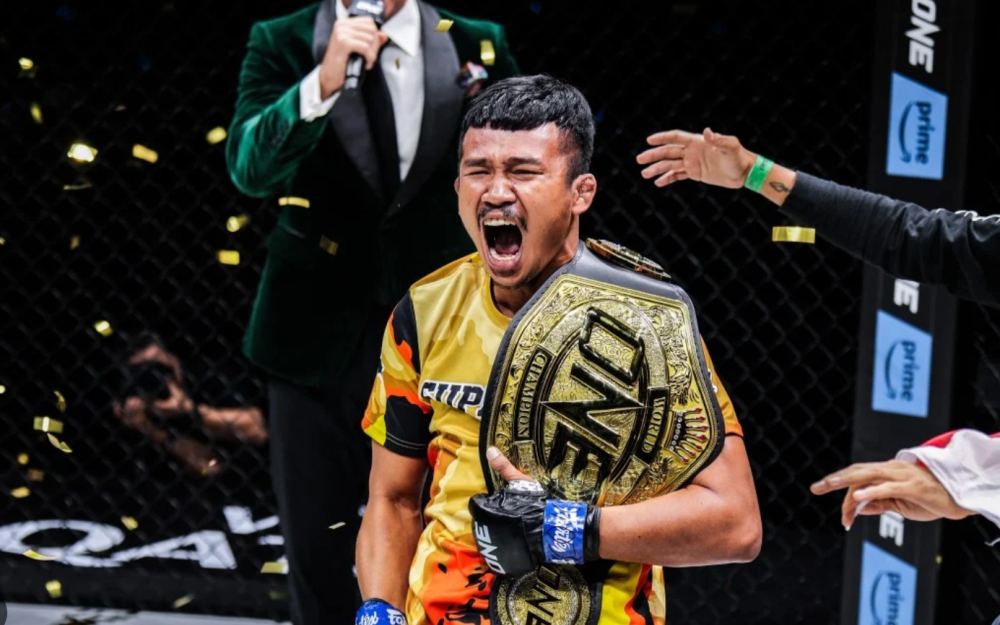
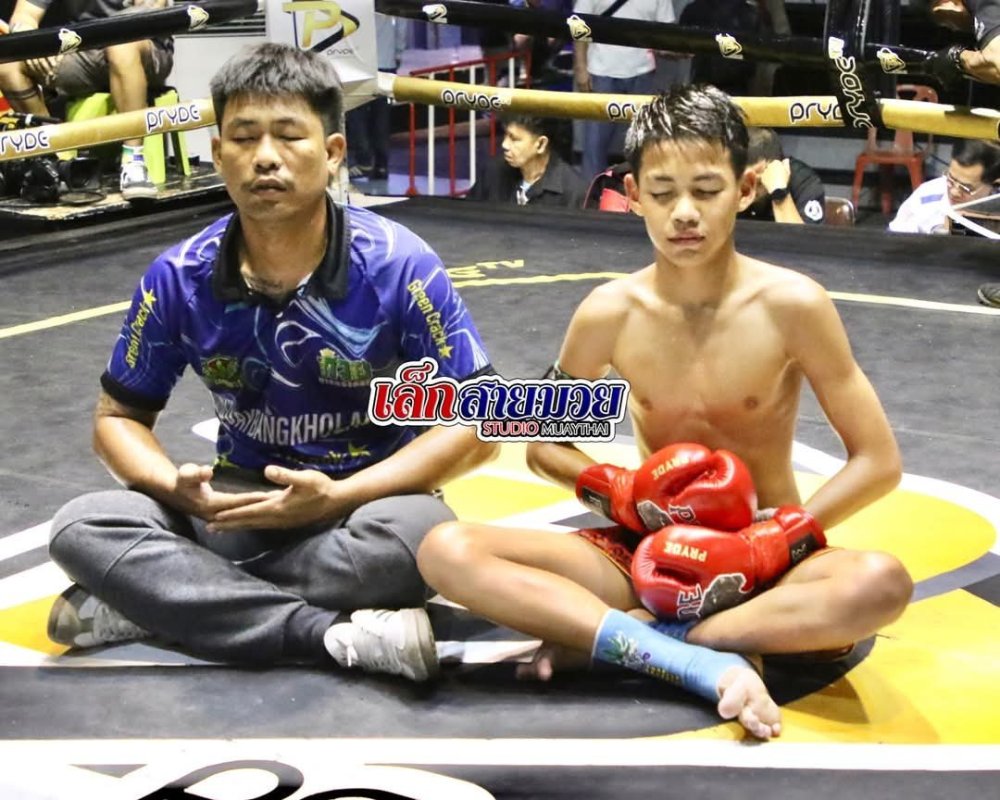
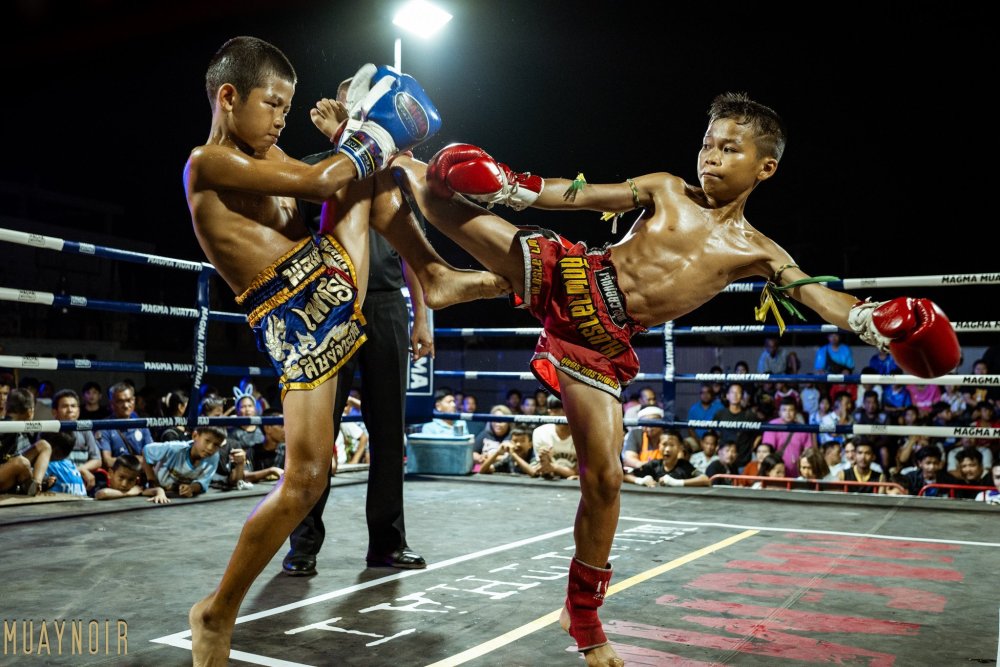
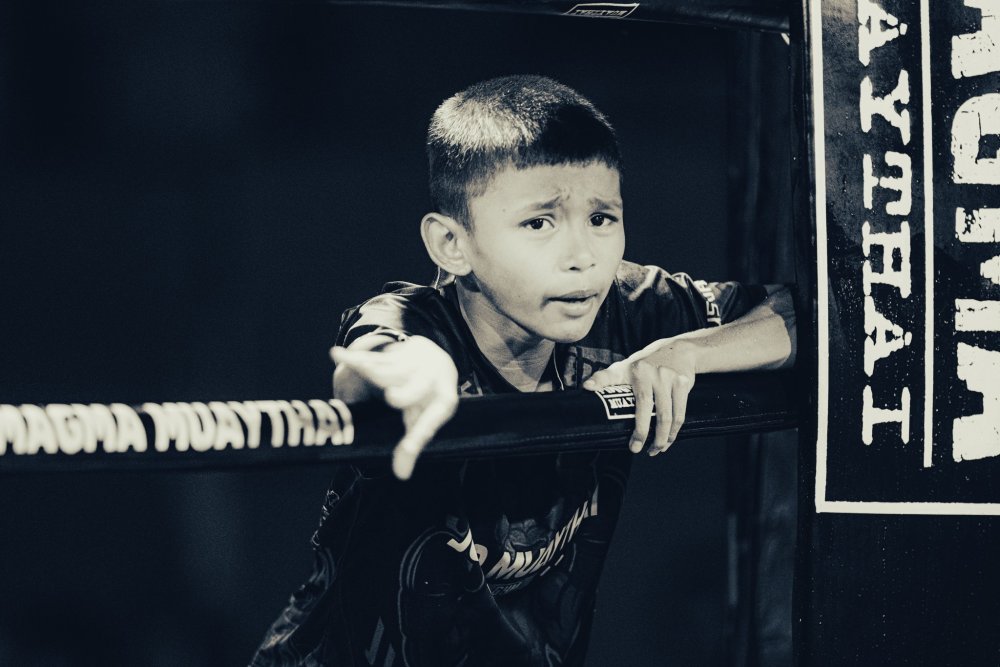
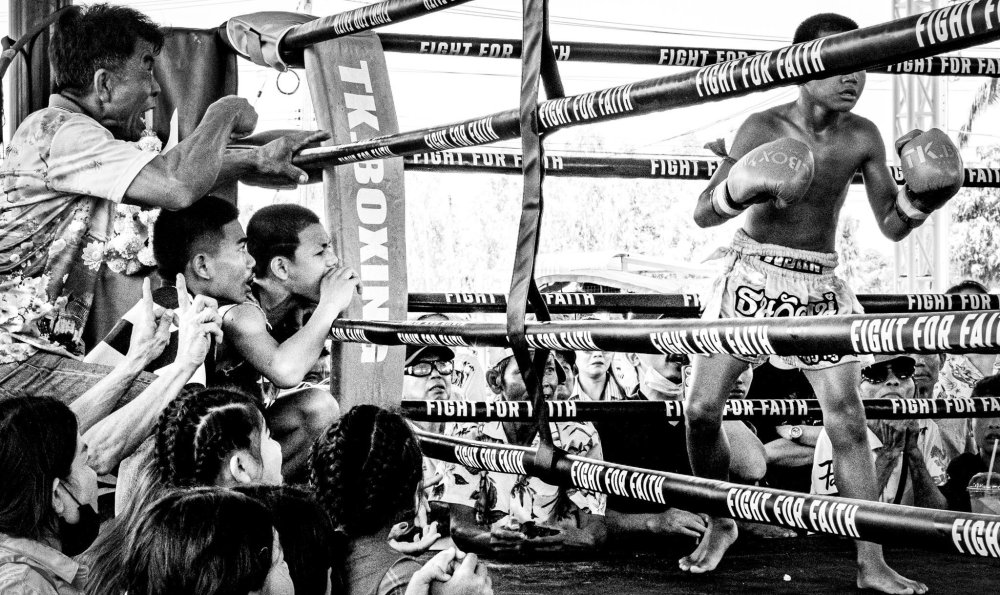
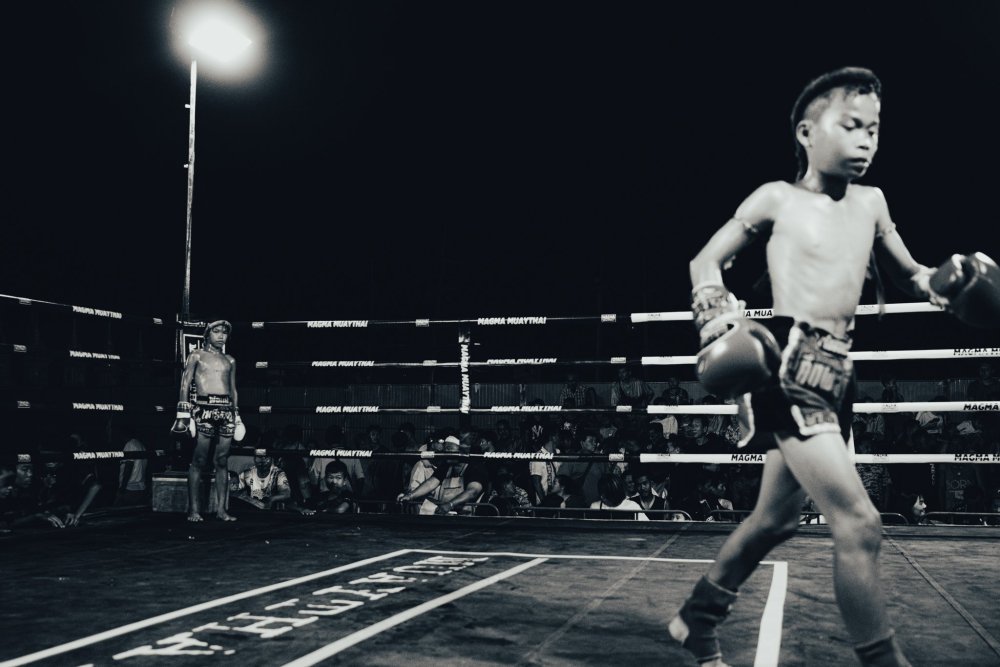
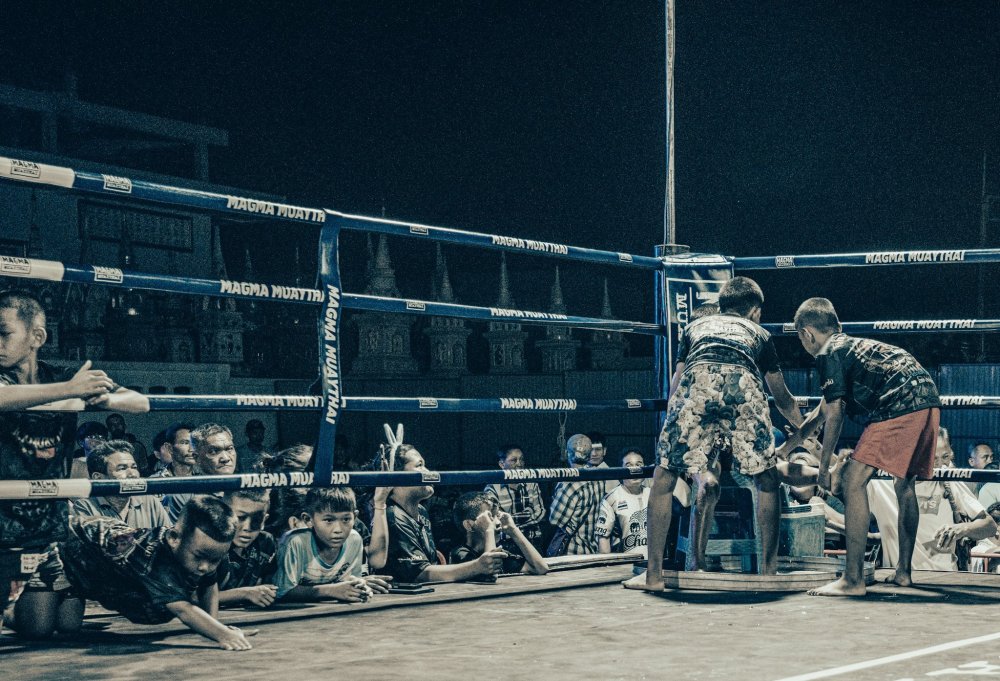
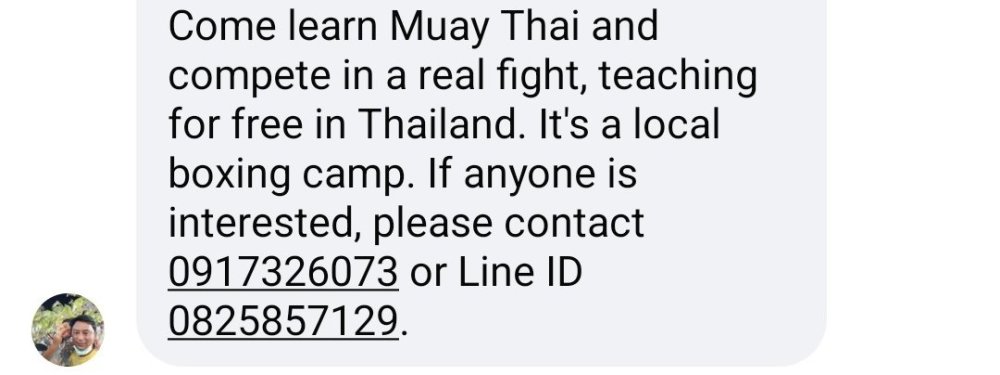
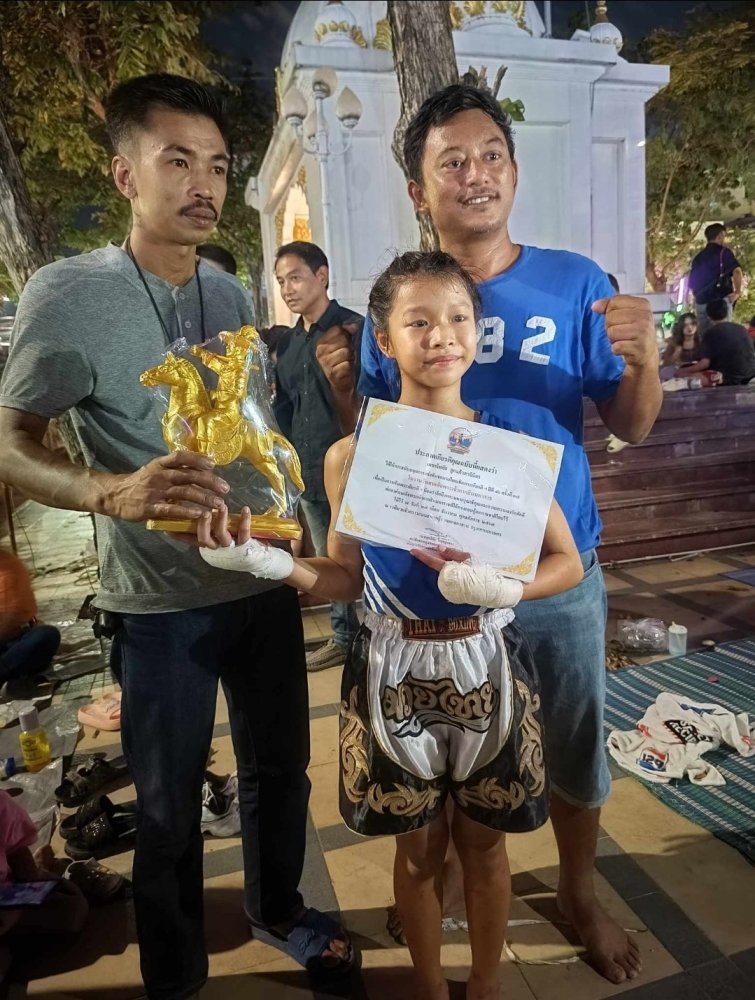
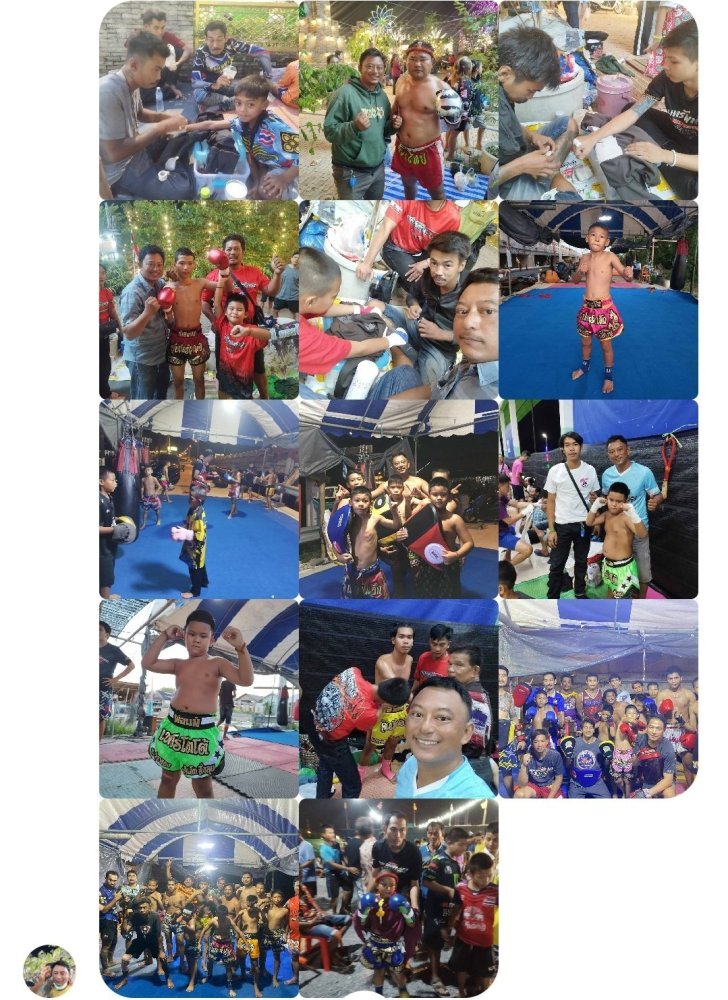
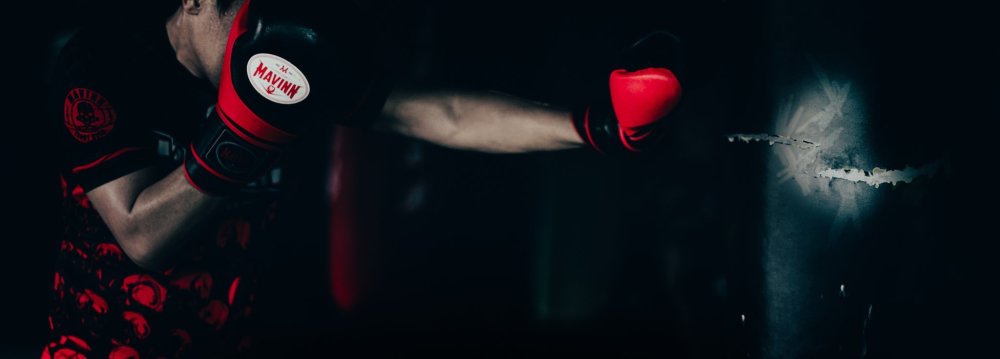

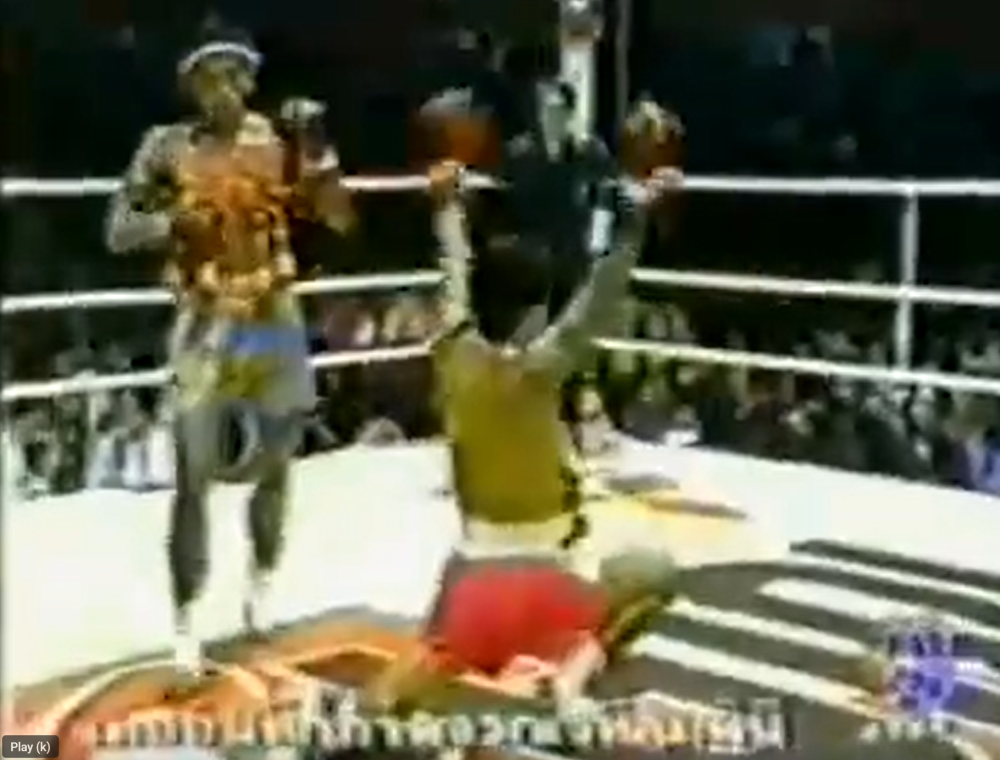
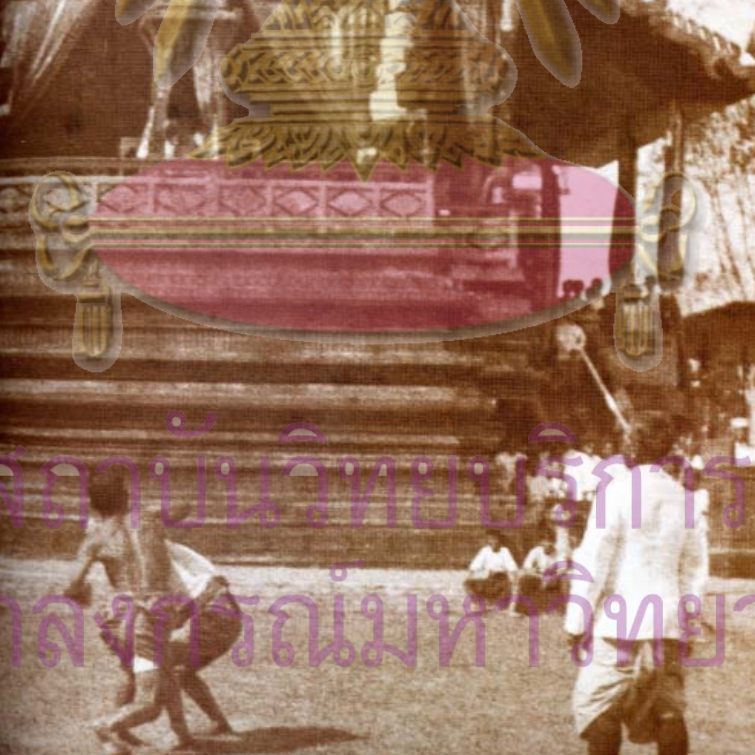
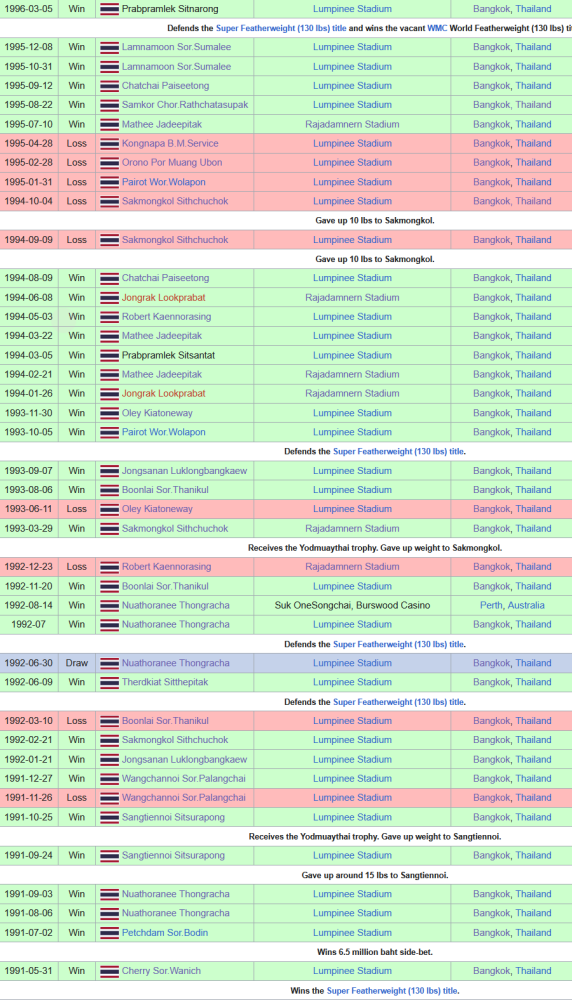
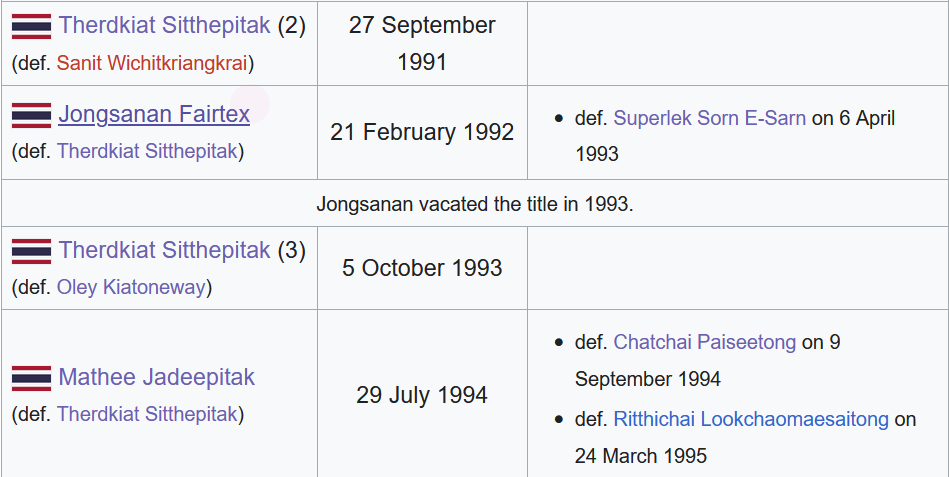
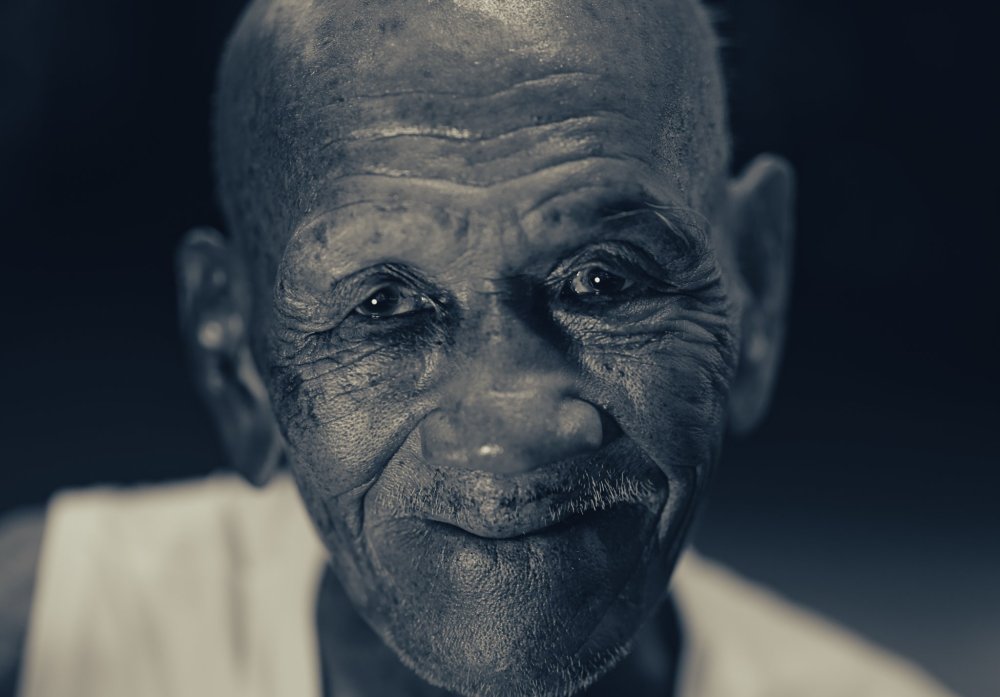
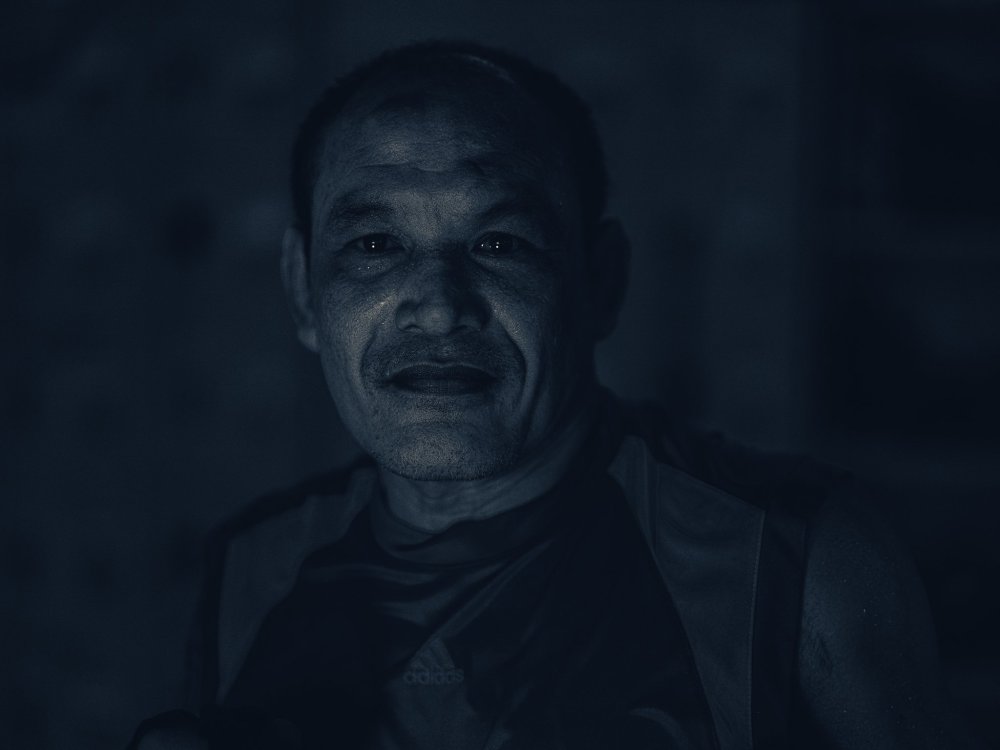
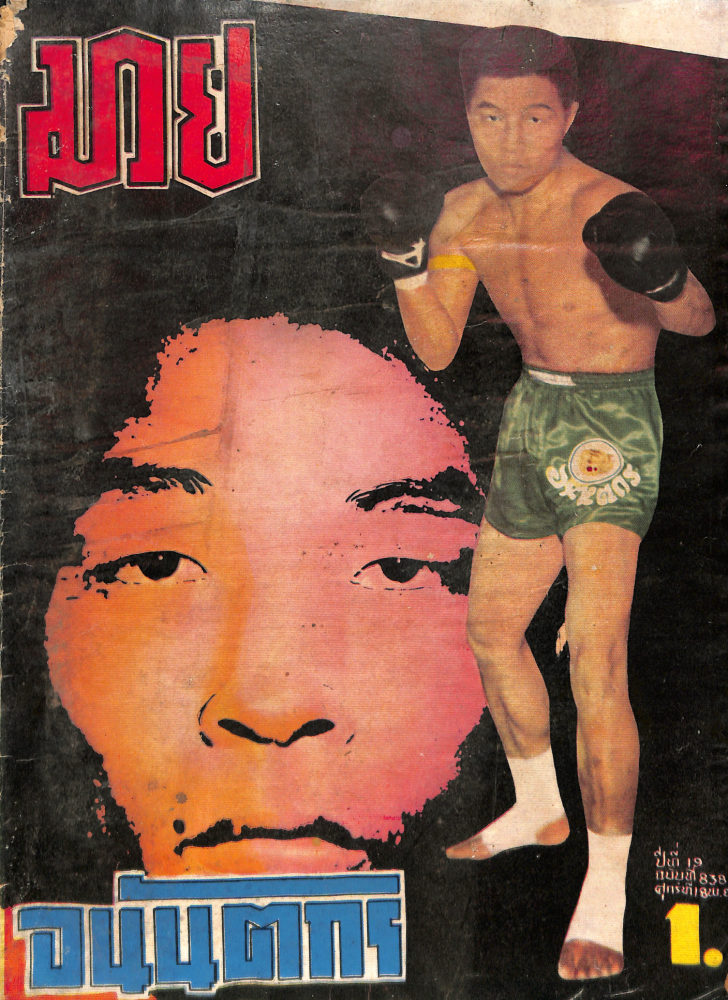
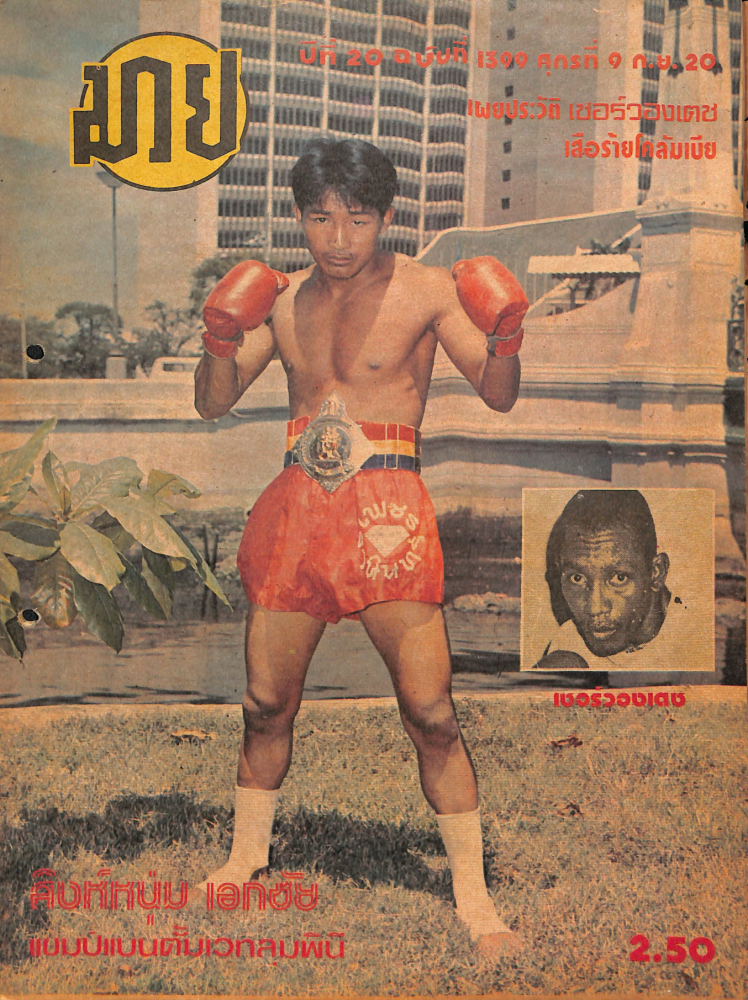
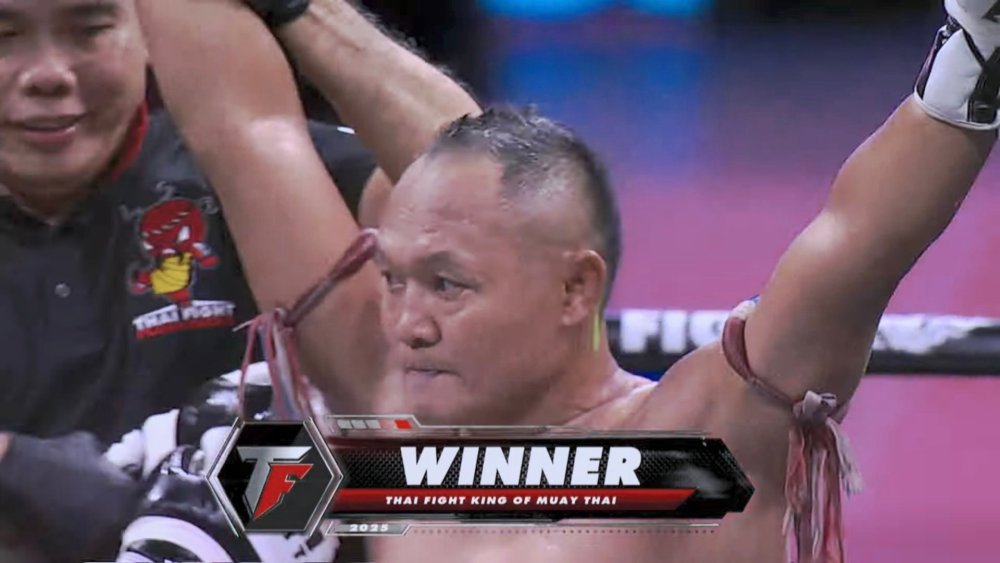
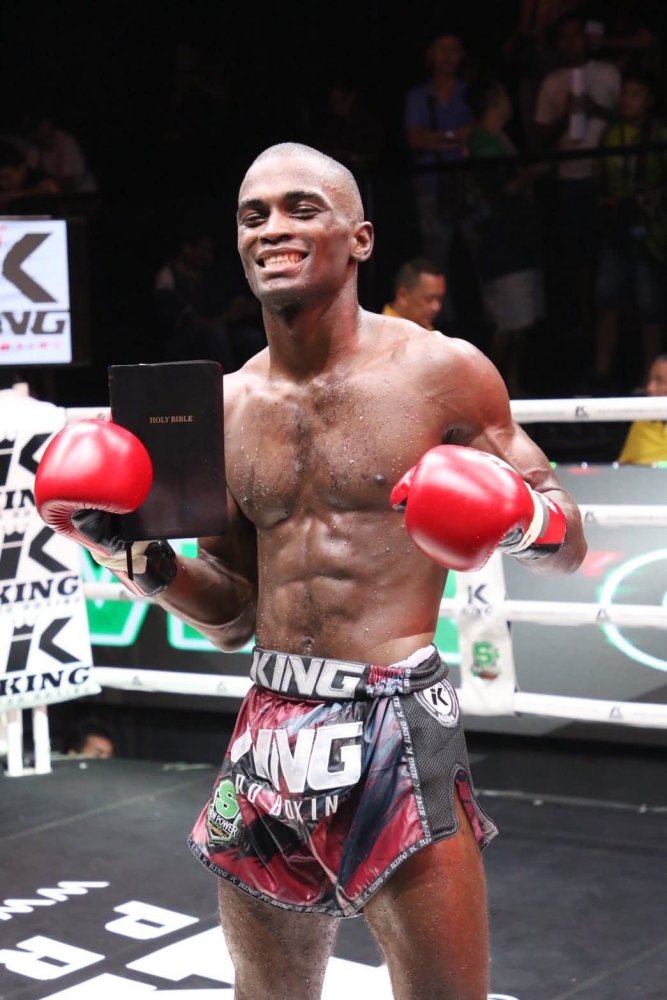
.thumb.png.5f06d27e0aa911e17d9e746c91a86aec.png)
.thumb.png.d5943433772f13869fbd7a45b2531809.png)
